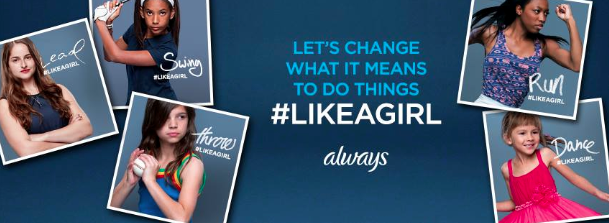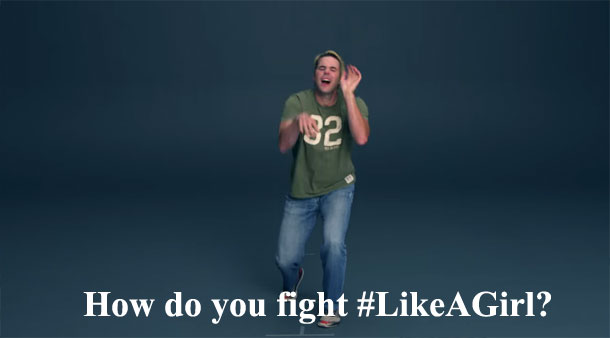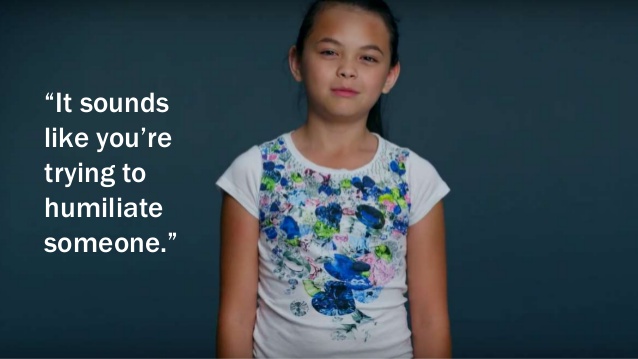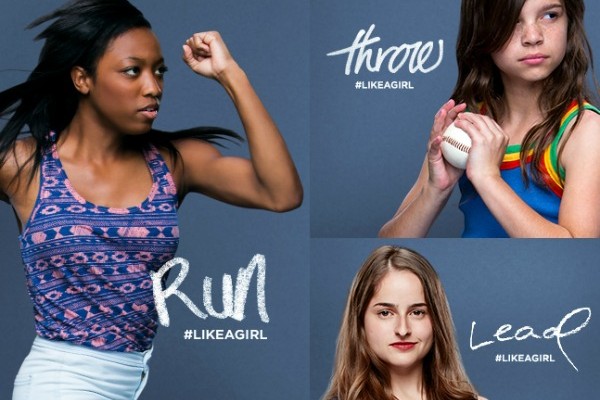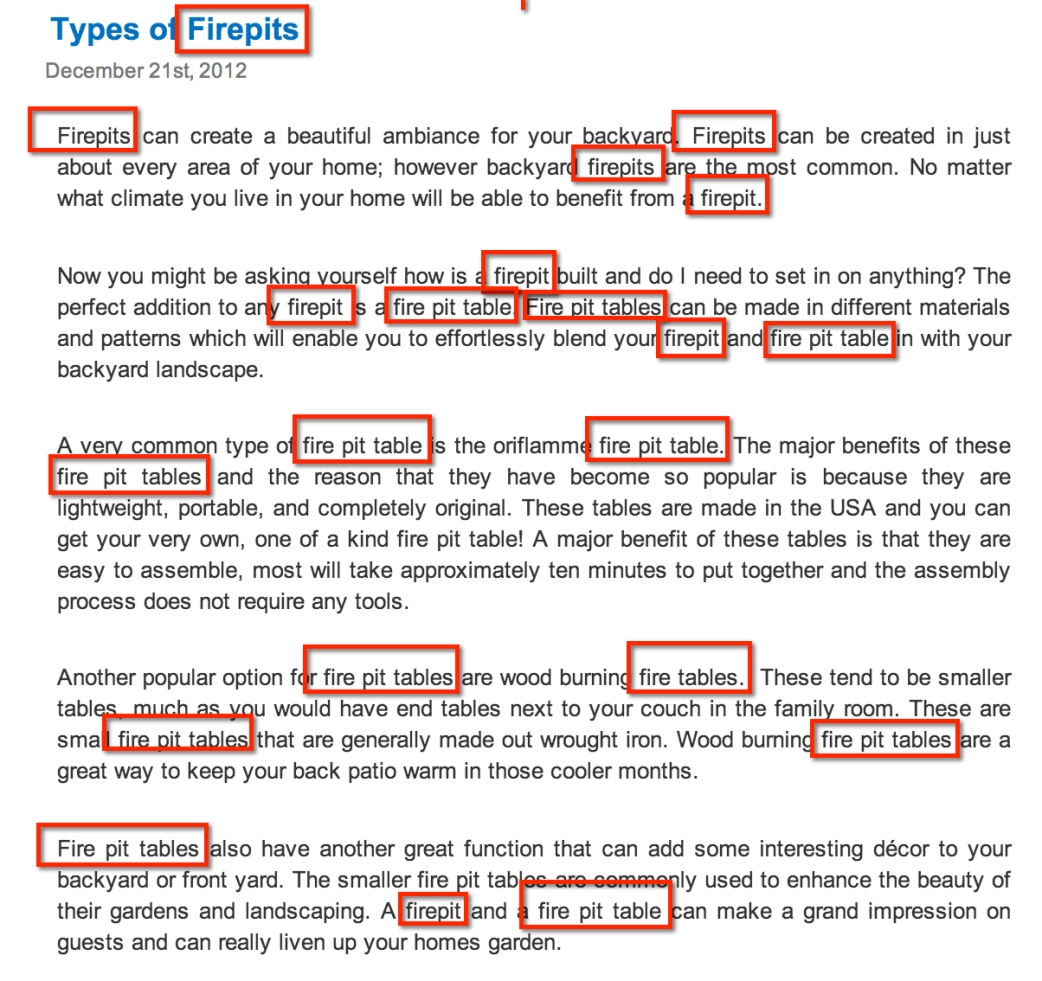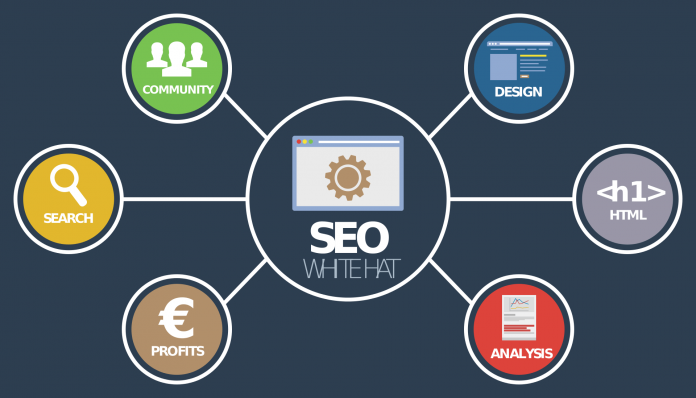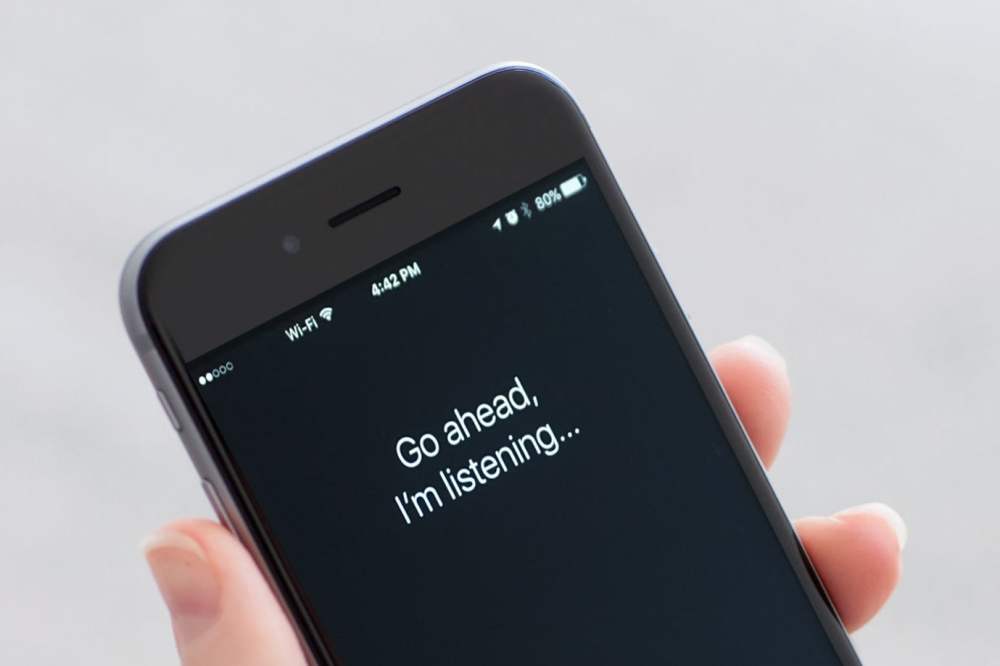Digital is better than Traditional…right?
Today my blog post is going to be on traditional vs social/digital marketing. I watched marketing professor and brand columnist, Mark Ritson, challenge the effectiveness of social media and digital marketing compared to traditional marketing. You can watch the video here.
“Digital is awesome, traditional is shit. It’s a narrative that you’ve been sold for the past 5 years…its not fair and its not even true.” Says Ritson. Now I heard this an laughed, but when I really thought about it, I wondered is traditional marketing the best. He states that “66% of Australians do not follow any brands on social media.” And that “the average Australian follows one brand on social media”. Those figures blew me away. I thought I must follow more than one brand, I’m an above average kind of girl. So I looked through whole I followed on my Instagram account…and guess what I saw. ONE BRAND! (Guess I am an average kind of girl). Bondi Sands is my choice of brand. I couldn’t believe it. So why did I only follow one brand.
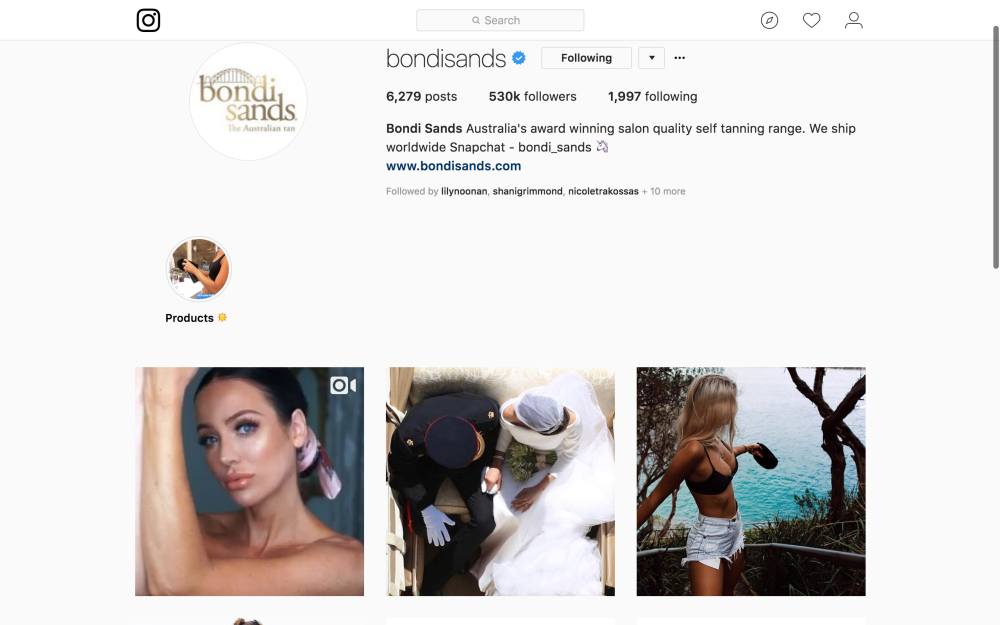
I came to realise Bondi Sands markets in a way that I enjoy. For those who don’t know, Bondi Sands is a company that sells fake tan. They have 530k followers on Instagram and are followed my many famous people and social media influencers. Digital Doughnut helped me realise what I look for in a brands social media page. I get to choose how to receive content, I get to interact with the brand, and I get real time results. On top of that I think their content is enjoyable, and they don’t post too frequently where it gets annoying. Comparing all of these factors to other brands I’ve followed in the past shows how important it is to get digital marketing done right.
A brand that doesn’t do digital marketing right is Westpac. Their Instagram page has a tiny 9.4k followers. Their last post had 194 likes. I get approximately that many likes on my posts and I have just over 320 followers! Why do I get the same likes as one of Australia’s Biggest banks. After scrolling through their social media I realised why. BECAUSE ITS BORING! It is an A grade snooze fest. Take a look for yourself here. None of their posts interest me and they don’t try to interact with anyone. If you look at the time stamps on their posts they’re either months apart each post, or they post way too many on the one day. Not a very pleasant page.

Traditional marketing works because it is familiar and it has been successful before the words social media were even said. Television, radio, and print advertisements have worked for decades and I believe will always be more successful than digital marketing. Unfortunately for traditional marketing, “there is very little interaction between the medium used and the customers” states Digital Doughnut.
I don’t think it’s fair to say traditional marketing is better than digital marketing. I prefer Bondi Sands’ posts over any television ad. But I think its fair to say traditional marketing is generally done better than digital marketing. If brands were able to properly interact and satisfy their consumers needs, I personally believe digital marketing could get close to being more successful than traditional.
What do you think? Let me know!

